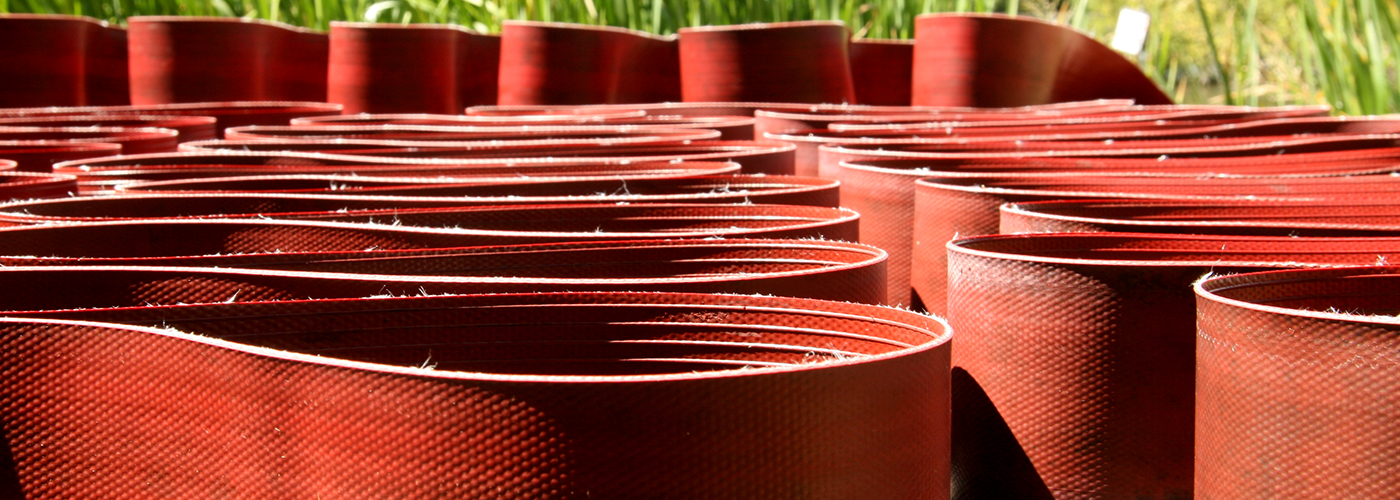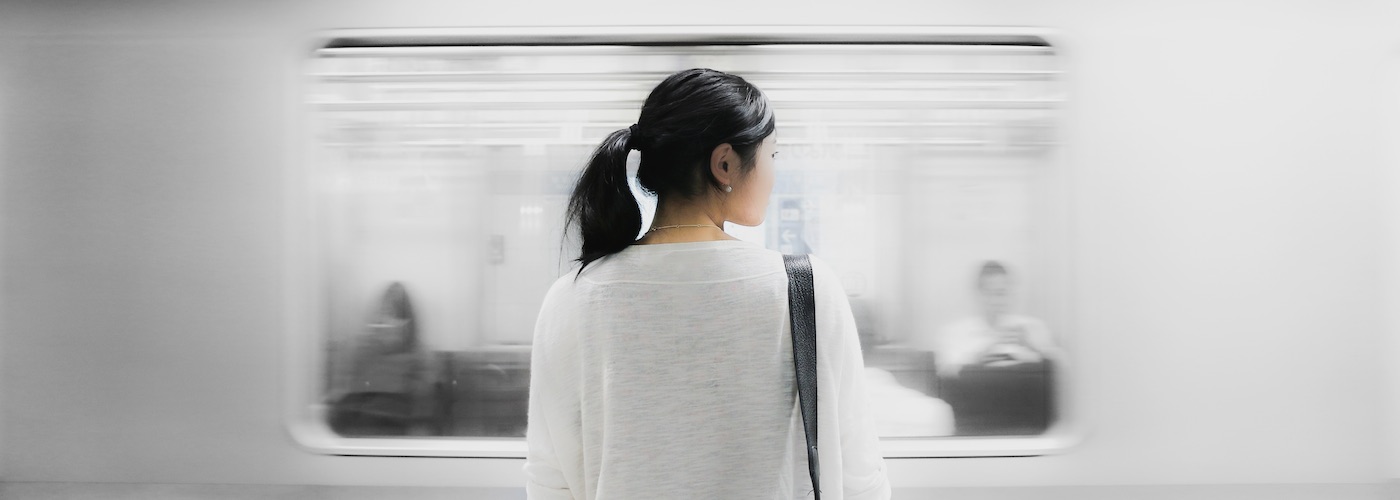Today, the amount of solid waste generated in urban areas and developing economies has overtaken other pollutants, including greenhouse gases. Single-use plastics outnumber fish in our oceans, and landfills tower over neighborhoods in the world’s megacities. At the current rate of pollution, a report from the World Bank estimates that the amount of municipal solid waste produced will rise to 2.2 billion tons per year by 2025.
Waste is not only harmful for the environment, but it’s also expensive for cities to manage. As a global community, we have no choice but to envision new ways to respect and repurpose our dwindling resources.
Luckily, many people already are. Founded in 2005, Elvis & Kresse rescues discarded materials – from decommissioned fire hoses to flawed parachute silk to scrap leather – and transforms them into luxury goods. The company also redistributes up to 50 percent of its profits to projects and charities related to their reclaimed materials.
Unreasonable visited Elvis & Kresse’s headquarters in Kent, England, where we discussed painful yet persistent prototyping and their mission to redefine luxury.
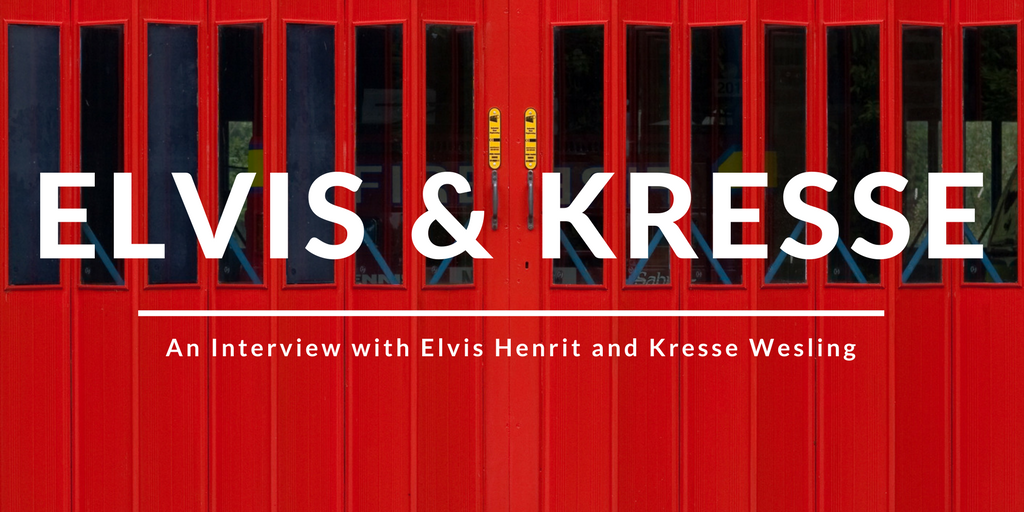
Tell me a little about how you got started working with fire hoses, and the evolution of Elvis & Kresse from there. What worked and what didn’t?
Kresse: I had a chance meeting with the London Fire Service at an environmental auditing course. I sat in the back with these three firemen, just telling jokes and stuff. It came up that they had a problem with their fire hoses going to waste, and I said I’d love to come and see that.
People don’t want to engage with garbage, but they really love beautiful, handcrafted products.
At the time, I was training for the London marathon, so I just ran to Croydon, which is this place where all the hoses go to die. I went to the fire stations there and met the 10 guys who do everything they can to repair the hose and keep it in active service. I fell in love with the whole thing: the beautiful red hoses and their life saving quality.
I was probably hot and delirious, but I said, “Right, I’m going to rescue that hose. I’m going to solve this problem, and I’m going to give you half of the money.” And they probably thought OK, off you go, we’ll never see you again.
So then I took a hose and ran back home with it. Even more delirious, I put it in the middle of the floor and said, “Right, Elvis, this is it. This is what we’re gonna do.”
Elvis: Kresse was asking, “What are you going to turn this hose into? What are you going to make?” And I was thinking, well why do I have to do anything with it? I’ve got a job that I work really hard at, leave me alone, I’m tired.
At the time, I was also building a shed in the garden of the house where we were staying in London. I built it from scratch and really had no idea what I was doing, but I finished it, except for the roofing. I looked at this hose that had probably been sitting in our front room – dirty, stinky and just getting in the way – for about three weeks. I thought, maybe I can cut it in small pieces and make tiles, like terra cotta. I did, and they looked really good.
The reason we set the business up was not to run a business; it was to solve a problem.
For me, I’d solved the problem. There was a hose, and now there wasn’t because it had been used. Unfortunately, Kresse went back to Croydon and said, “I need more hoses!” So where there was one, now there were suddenly two.
Kresse: We filled the whole front garden with them. Then, we did some research. We discovered there isn’t enough hose waste annually to have a sustainable roofing business, and if you leave the hose outside for 10 years in the UV light, it will crack. Also, when it’s no longer fire hose, it’s no longer fire proof. That meant we would have made one very leaky, flammable roof. So that was not a good business to go into. So we started doing more research and just prototyped everything.
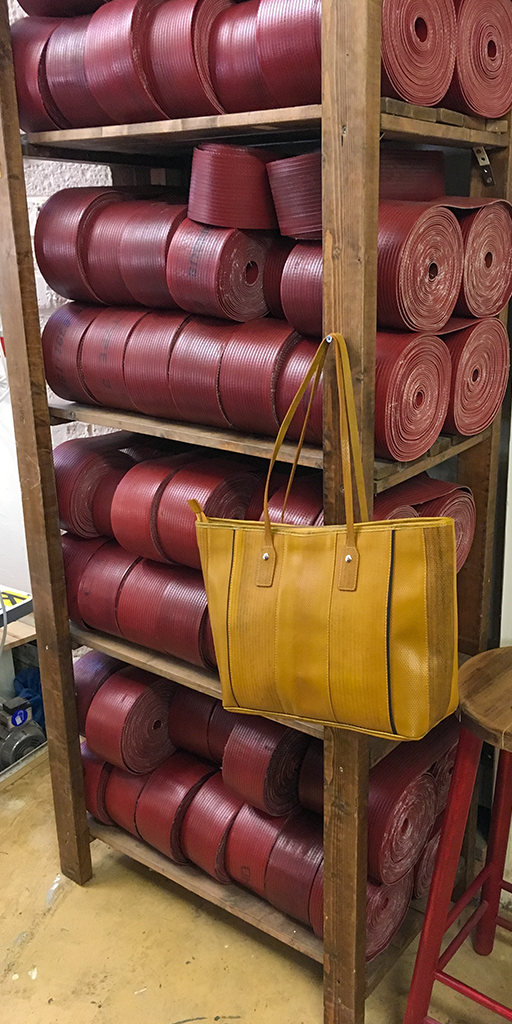
Elvis: Literally, the flat we were in was dripping with fire hose, just to see what could be made from it – and the answer was not many of the things we tried. But fortunately, and this is the advantage of using what other people perceive as waste, there’s no raw material cost, so we could just keep experimenting.
Eventually, we had a very serendipitous day. I had a leather belt that broke, but the buckle was still good. I looked at the hose and thought, well that’s long and straight like a belt. So I was on the floor, cutting this hose by hand with a pair of scissors. My hand was cramping, and I hadn’t even thought about how I was going to clean it, finish it, or punch holes in it. At the same time, Kresse got a call from a contact of hers.
Kresse: These guys were planning the Live Earth concert in London, and they wanted to make Wembley Stadium green for a day. They asked if we could do some merchandise. And I said, yeah we can make belts. “Oh you want 1,000? You want them in three weeks? No problem!” And Elvis was just sort of sitting there with the scissors thinking, what are we doing?
Elvis: But at that point, we weren’t in business together yet, so I didn’t know about Kresse’s inability to say anything other than yes. We worked through the night, and I think we made five belts. We couldn’t make any the next day.
Kresse: You had to sort of peel open your fingers. But still, we didn’t say no. We just went out and bought a tool. But this is the whole entrepreneurial thing, right? You over promise and then deliver like crazy.
Elvis: So anyway, needless to say, we couldn’t make 1,000 in three weeks, but we did make 500. They all got sold at this concert, so we learned there was a market, and that’s where it started.
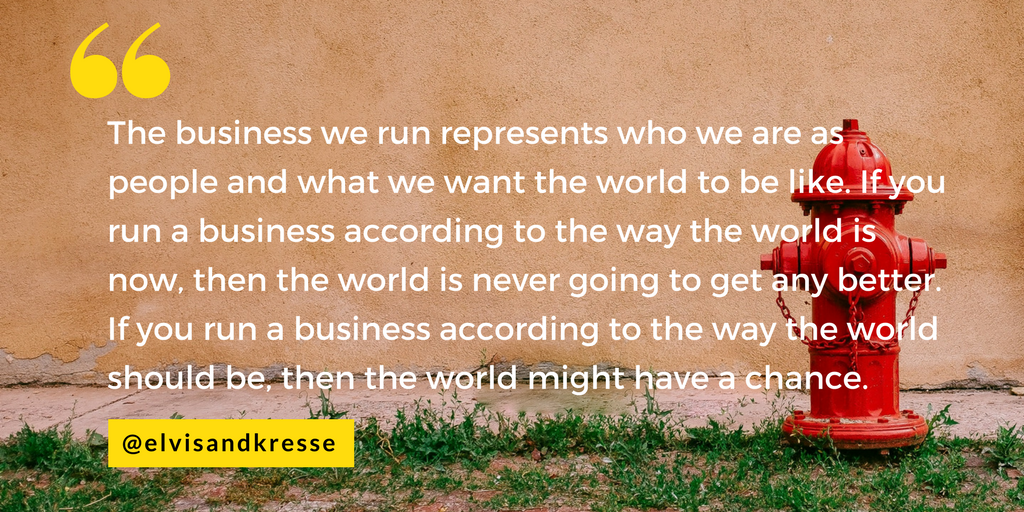
What’s the rapid-fire version of all of the different materials you’ve experimented with and products you’ve made?
Kresse: The first thing that we did was make a belt from fire hose. And then we made a bag, and those bags were lined with reclaimed upholstery from decommissioned office furniture.
Elvis: That wasn’t great because there was no way to stop it from fraying. So we found a sail manufacturer, and we used that to line the bags, but they crumple and crinkle and make such an appalling noise that you couldn’t walk around quietly.
Kresse: So then we got scrap parachute silk, which comes from parachute panels that have failed their final testing with a flaw that’s invisible to the naked eye. But it’s flawed nonetheless, so it has to go to scrap. We use it to line our products, but also to make the dust covers for the bags that they get shipped out in.
But this is the whole entrepreneurial thing, right? You over promise and then deliver like crazy.
Elvis: Soon enough, we had the quandary of how to make the packaging, the brochures, and all of that other stuff that goes along with making high-end products, which is so important for what people expect. So, we went to find what people were throwing away. For example, we use old coffee sacks to make the string to either tie things together or to make the swing tags that shops put their prices on. We use old printing paper to make packaging pouches for our wallets and smaller pieces like key rings. We print our brochures on reclaimed tea sack.
Kresse: Our business cards are made from reclaimed air-traffic control flight strips. We collect old newspapers, crumple them up, and stuff them in the bags to ship. So the newspaper gets one more life before it gets recycled.
Elvis: So it’s not just the fire hose bag that’s made from waste, but everything that surrounds it is also made from waste.
When and how did leather come into the picture?
Elvis: One day, a big leather manufacturer sent a whole load of their leather scraps and asked if we could come up with anything for it.
Kresse: And that’s when we started doing research on the leather industry, and we quickly realized it was a huge problem. If you start reading the UN reports on leather, there’s 800,000 tons of scraps globally. This is pre-consumer, industrial leather scrap. It’s the off-cuts of freshly tanned hides that end up on the cutting room floor and never see the light of day.
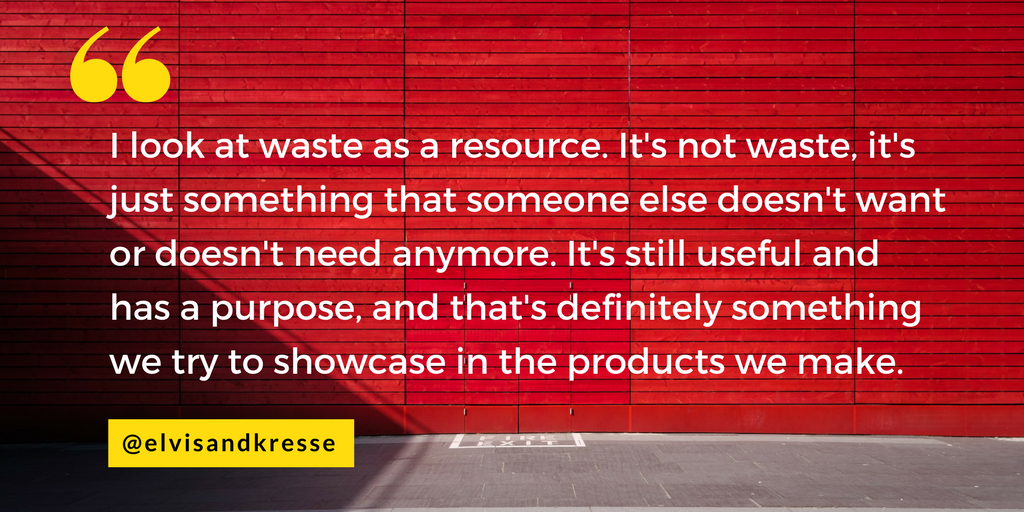
Elvis: So I started playing with it. I produced this interlocking system where you have two pieces that you could just attach together and create a whole new hide. It wasn’t supposed to be a rug at the time, but we looked at it and thought it was beautiful. So this is a new market for us to break into, and that’s the experimentation we’ve been doing for the last year or so.
Kresse: So, I think it started to get around in the industry because then suddenly, quite a few people were calling us, and they’re all big companies who use significant quantities of leather. Within about 5 or 6 partnerships, we would have about 3,000 tons of leather a year. So we do want to solve this 800,000-ton a year problem, but this is the bite-sized chunk we want to start with.
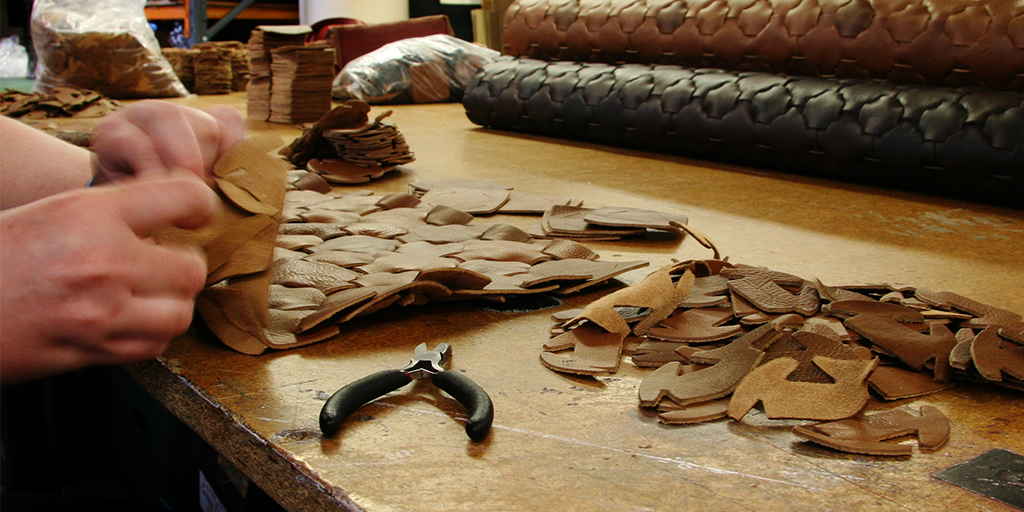
I’m really struck by how you design your life to fit so fluidly with your business. I’m curious how you got there or why you insist on doing that.
Elvis: People say we live our lifestyle in the same way as the business. But actually, I would say it’s the reverse. We have our lifestyle, and the business fits with that. So it’s just an extension of who we are and what we’ve become. Rather than changing our lifestyle to fit our business, we’ve created a business we’re proud of that represents us.
Rather than changing our lifestyle to fit our business, we have created a business we’re proud of that represents us.
Kresse: It has to match our values, and I think that’s also what makes other people understand why we’re doing it, and it makes it genuine for them. It makes it a story they want to retell. The business we run represents who we are as people and what we want the world to be like. So if you ran a business according to the way the world is now, then the world is never going to get any better. If you run a business according to the way the world should be, then the world might have a chance of getting better.
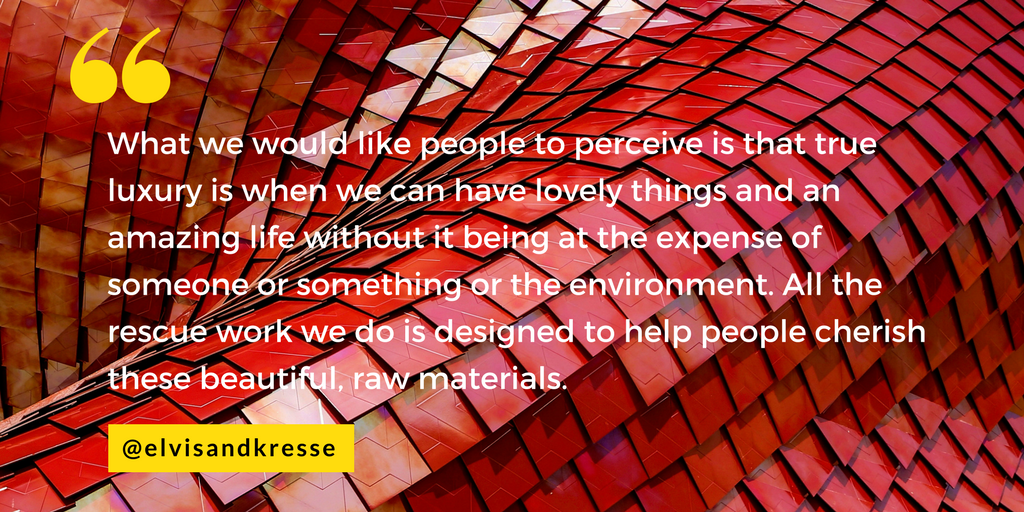
Why does rescuing waste mean so much to you? What does the world look like if this sort of business doesn’t exist?
Elvis: Kresse talks about her upbringing and the impact it had on her perception of waste, whereas I look at waste as a resource. It’s not waste, it’s just something that someone else doesn’t want or doesn’t need anymore. It’s still useful and has a purpose, and that’s definitely something we try to showcase in the products we make.
Kresse: I look at my grandmother’s generation, and they were pioneering Canadians. They grew up on farms where there just wasn’t waste. No wasted time or talent or opportunity, and certainly not materials. There was no garbage pit to put anything in. And I just think, wow, in two generations we’ve become this bizarre civilization that puts more plastic in the ocean than basically fish. So somebody has to address that.
I’m a purist – it’s got to be saved and rescued. Elvis is the one who can turn it into something that everyone wants. So we can celebrate this material, and that’s where the success of the business comes from. People don’t want to engage with garbage, but they really love beautiful, handcrafted products.
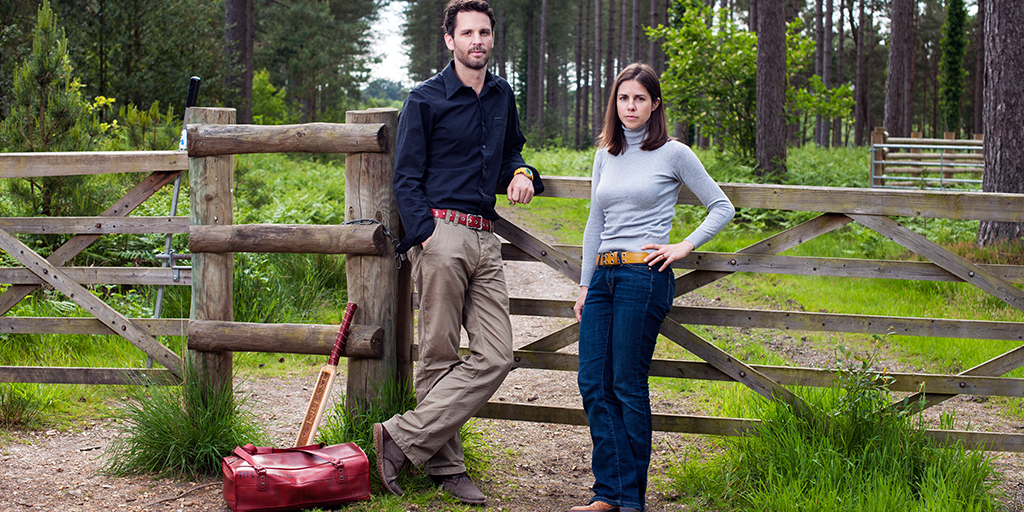
Not only are you tackling the waste problem, but you’re also trying to change how people think about waste and luxury. Can you say more about that?
Kresse: What we would like people to perceive is that true luxury is when we can have lovely things and an amazing life without it being at the expense of someone or something or the environment. All the rescue work we do is designed to help people cherish these beautiful, raw materials. The more people who see our materials in this way, the more they start to reconsider the other materials in their life and think harder before they bring anything new into their life. So you get higher levels of consciousness in people’s consumption patterns.
Elvis: Someone once asked, “Are you not worried about other people copying your ideas?” Absolutely not, because the reason we set the business up was not to run a business, it was to solve a problem, and we are doing our best to solve it. But if other companies are also helping us to solve it, then that’s going to get to the solution much quicker and much more effectively.
This company participated in Unreasonable Impact created with Barclays, the world’s first multi-year partnership focused on scaling up entrepreneurial solutions that will help employ thousands while solving some of our most pressing societal challenges.


